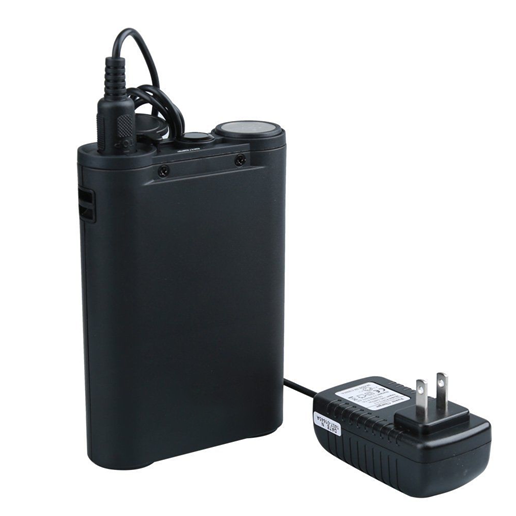Batteries have become a part of our day to day activities. The most preferred are the lithium-ion batteries such as the 18650 Battery, due to their high energy density. The batteries packs come in different models, each with a specific set of features and benefits; they also have a wide range of applications thanks to their low self-discharge as well as their lifetime in cycling.
The user ought to be cautious when using the battery packs to ensure that the application troubles do not affect them. The batteries contain cells that have organic solvents that are highly flammable. In the event that the battery is not handled with precaution, the battery’s functionality will be affected and it could result in fires.

Safety Instructions for battery packs
Some of the major forbidden activities include:
-
Use of unauthorized chargers
Never use unauthorized chargers. Only charge the battery under acceptable conditions as specified in the manual.
-
Unspecified Application
Do not use the battery for any other purpose other than that which it’s specified for. Using the battery for unspecified applications may damage the battery and cause it to explode.
-
Direct Connection
Don’t connect the battery directly with car or AC plugs. Connecting to the outlet directly may cause accidents.
-
Immersion
Do not, in any instance, immerse the battery with liquids like water or other soft drinks. This will result in an unexpected electrical load and cause the battery pack to catch fire.
-
Incineration and heat
Keep the battery away from heat and fire. If it’s exposed to too much heat or catches a fire, the battery may explode.
Never use the battery in environments where temperatures exceed 80°C. The high temperatures could damage the battery’s polyolefin separator and causing internal shorting.
-
Short-circuiting
A short-circuit is made when you connect the “+” and the “-” terminals together using a material that conducts electricity. Avoid doing this as it may cause an excessively large current to flow through and this could result in an explosion.

-
Soldering
If you directly soldier the battery, the heat will damage the gas release vent and melt the insulator.
-
Disassembly and reconstruction
When you disassemble the battery, there’s a high chance that the protection circuit will get damaged. When this happens, the battery will not be protected anymore and it will easily get damaged.
-
Impact and penetrations
Avoid unnecessary impact such as striking the battery with a hammer or penetrating it with a nail. These actions will damage the battery cell and break the protection circuit which will cause internal shorting.
-
Reverse charging and overcharging
As you charge the battery ensure that you don’t reverse-charge it as this will result in an abnormal chemical reaction. During discharge, a large unexpected current will flow.

Ideal Storage Conditions for Battery packs
If the storage is for a short duration (about 3months), make sure the room has low humidity, ambient temperature (-20 to +40°C), and doesn’t have corrosive gases.
If you’re storing the batteries for a longer duration, find a more stable environment that will not minimize the risk of rusting. The ideal temperature should range between -20 to +20°C. The battery should also be partially charged.
